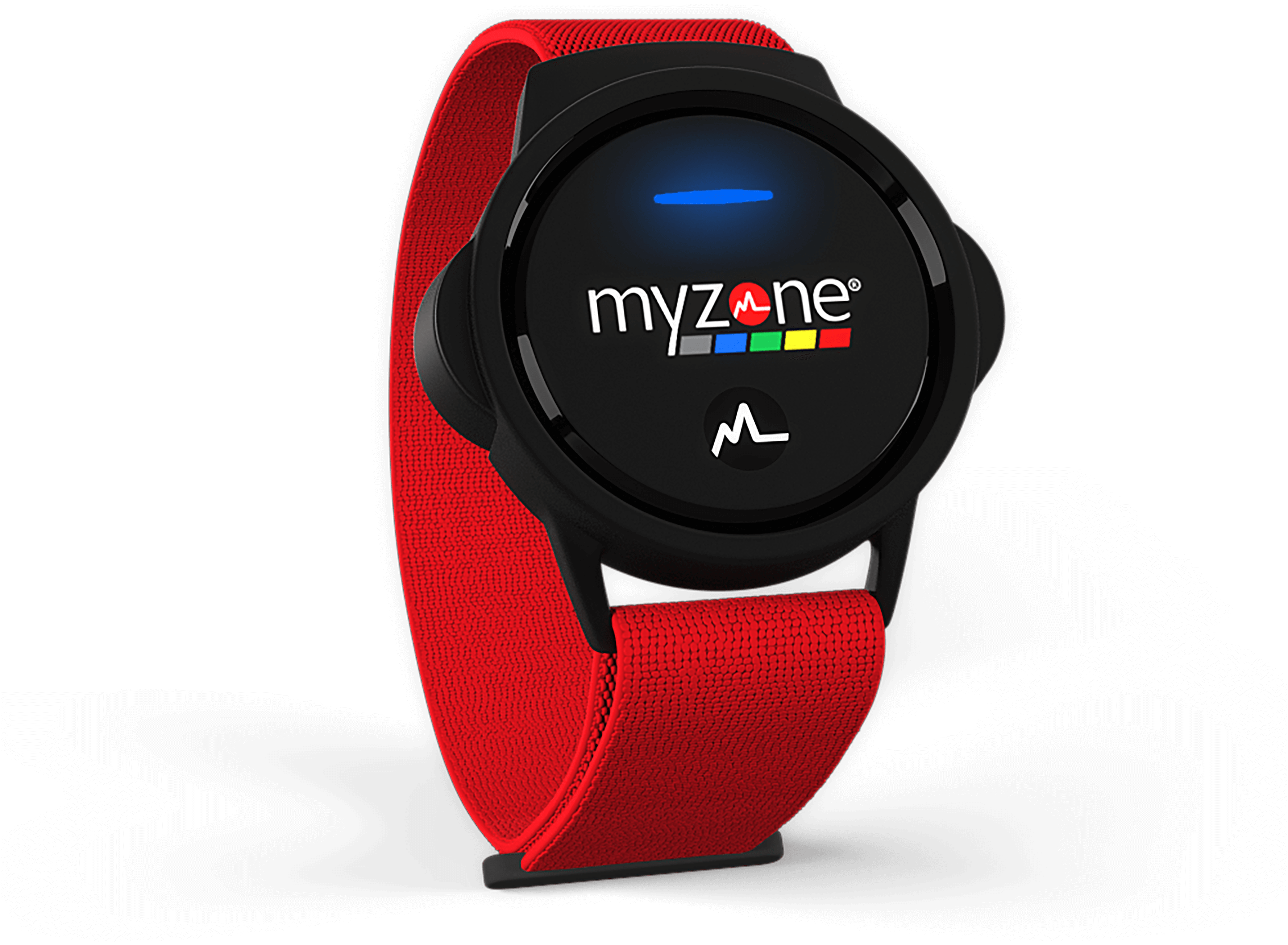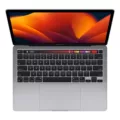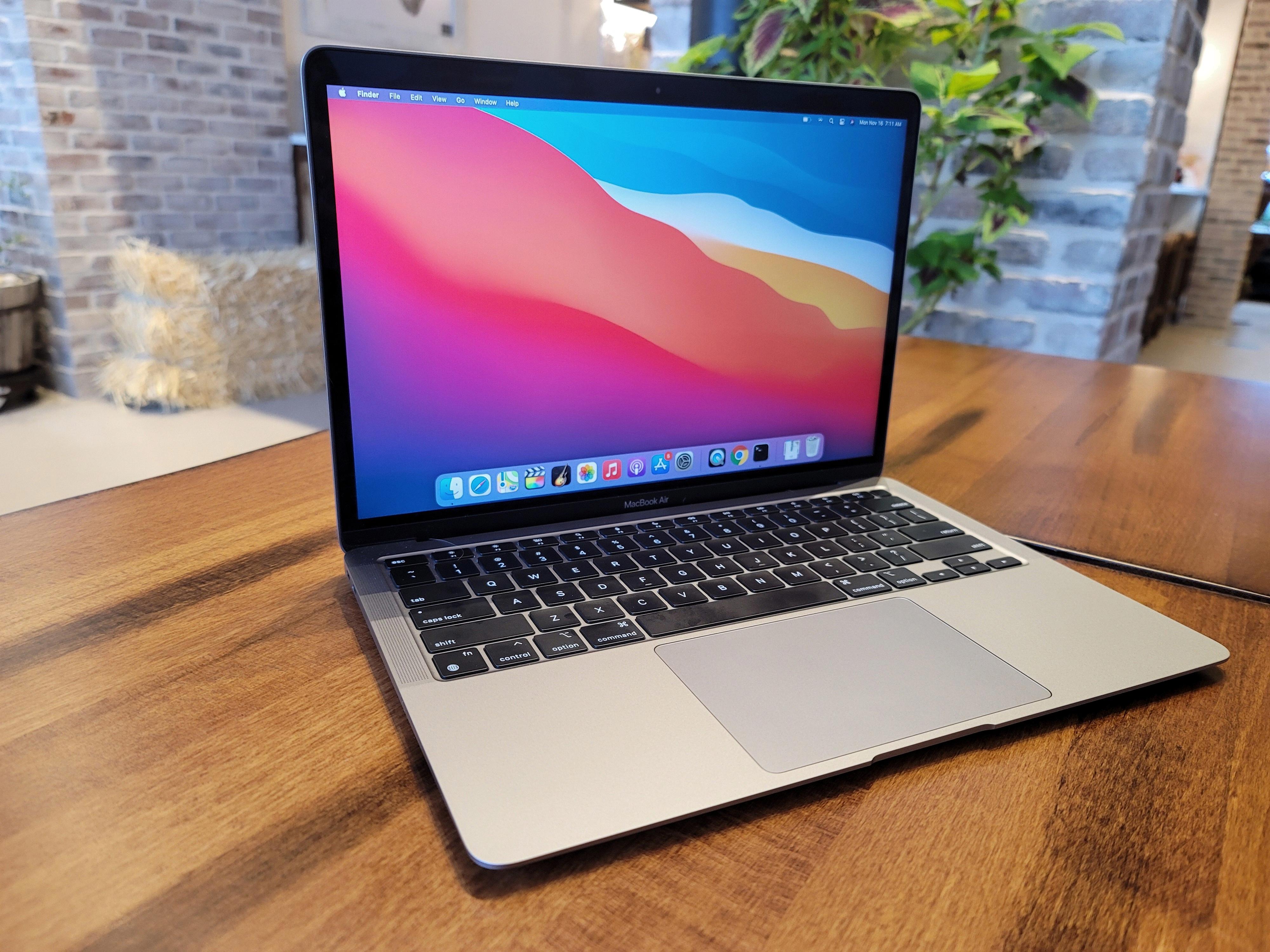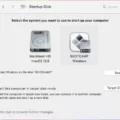Are you tired of constantly reaching for your mouse while using your Mac? With a few simple keyboard shortcuts and settings adjustments, you can navigate your Mac without ever having to touch your mouse.
First, let’s talk about navigating to and within the Desktop. Pressing the tab key can move you in a counterclockwise direction around the screen. If you want to move clockwise, simply hold down the shift key while pressing the tab key. This allows you to select menus, icons, text boxes, lists, and items in Windows and dialogs.
But what about when you need to move your cursor around the screen? This is where Mouse Keys comes in handy. To enable it, press the keyboard combo COMMAND + OPTION + F5 to open the Accessibility Shortcuts menu. From there, you can easily turn Mouse Keys on or off. With the right settings enabled, you can even toggle Mouse Keys on and off by tapping the OPTION key five times in a row.
Once Mouse Keys is enabled, you can use the numeric keypad on your keyboard to move the cursor in any direction. For example, pressing 8 on the numeric keypad moves the cursor up, while pressing 2 moves it down. You can also use the 4 and 6 keys to move left and right, respectively.
But what about clicking? Don’t worry, you can still perform all the same mouse actions without ever having to touch your mouse. Pressing the 5 key on the numeric keypad acts as a left click while pressing the plus (+) key acts as a right click.
There are also other keyboard shortcuts you can use to navigate your Mac without a mouse. For example, pressing COMMAND + SPACE opens Spotlight, allowing you to quickly search for files, apps, and more. You can then use the arrow keys to navigate the search results and press enters to open the selected item.
In addition, many apps have their own keyboard shortcuts for common actions. For example, in Safari, pressing COMMAND + T opens a new tab, while pressing COMMAND + W closes the current tab.
By utilizing these keyboard shortcuts and settings adjustments, you can easily use your Mac without ever having to touch your mouse. This can save time and increase productivity, allowing you to focus on the tasks at hand. So give it a try and see how much more efficient you can be without a mouse.
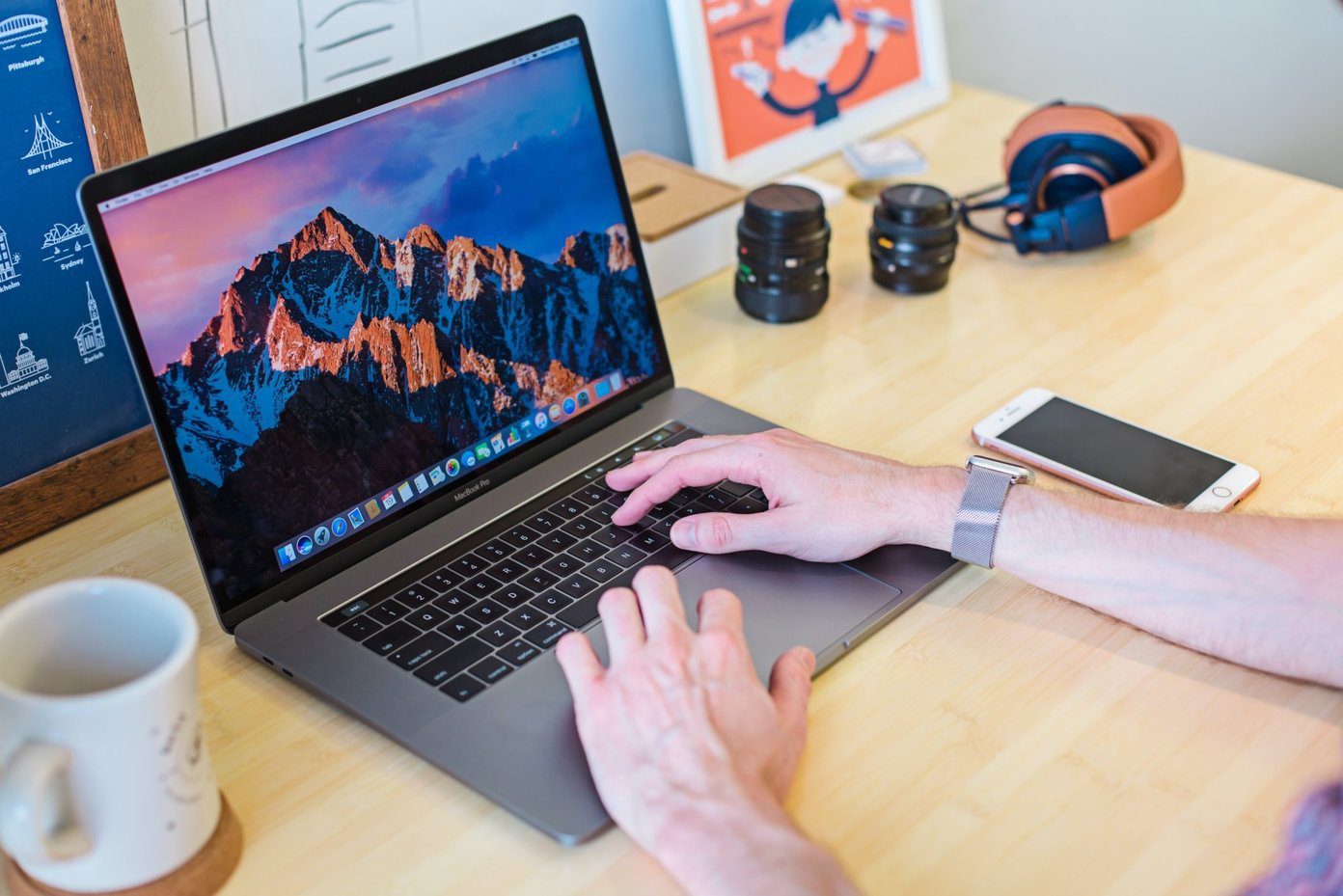
Using a Mac with Only Keyboard
It is possible to use a Mac with only a keyboard. The Mac operating system has built-in keyboard shortcuts and accessibility features that allow users to navigate the interface, open applications, switch between windows, and perform many other tasks without using a mouse or trackpad. Some of the commonly used shortcuts include Command + Tab to switch between applications, Command + Space to open Spotlight search, and Control + Option + Delete to force quit an application. Additionally, users can enable VoiceOver, a screen reader that provides audio descriptions of on-screen elements, and use dictation to input text by speaking instead of typing. These features make it possible for users with motor disabilities or visual impairments to access and use a Mac computer without relying on a mouse or trackpad.
Navigating Without a Mouse
Navigating without a mouse can be done using various keyboard shortcuts that are built into your operating system. These shortcuts allow you to perform common tasks such as opening and closing windows, switching between applications, and scrolling through documents or web pages. Here are some of the most commonly used keyboard shortcuts for navigating without a mouse:
1. To move the focus between different elements on the screen, you can use the Tab key. Pressing Tab will move you to the next selectable element, while Shift + Tab moves you to the previous element.
2. To open the Start menu or Start screen, press the Windows key. You can then use the arrow keys to navigate through the menu or screen, and press Enter to select an item.
3. To switch between open applications, press Alt + Tab. This will bring up a list of all open applications, and you can use the Tab key to cycle through them. Release both keys to switch to the selected application.
4. To scroll through a document or web page, use the arrow keys. You can also use Page Up and Page Down to scroll up or down a page, and Home and End to jump to the beginning or end of a document.
5. To zoom in or out of a document or web page, press Ctrl + Plus or Ctrl + Minus. Alternatively, you can press Ctrl + Scroll Wheel to zoom in or out.
6. To close an application or window, press Alt + F4. This will close the active window or application.
By using these keyboard shortcuts, you can navigate your computer without a mouse and perform common tasks quickly and efficiently.
Using the Keyboard as a Mouse on a Mac
To use the keyboard as a mouse on a Mac, you can enable the Mouse Keys feature. This feature allows you to control the cursor using the arrow keys on your keyboard. To enable Mouse Keys, you can go to System Preferences > Accessibility > Mouse & Trackpad > Enable Mouse Keys. Once enabled, you can use the arrow keys to move the cursor, and the number pad on your keyboard to click and drag.
Alternatively, you can press the keyboard combo COMMAND + OPTION + F5 to open the Accessibility Shortcuts menu and quickly turn on or off the Mouse Keys feature. You can also toggle Mouse Keys on and off by tapping the OPTION key five times in a row if the right setting is enabled.
There are two ways to use the keyboard as a mouse on a Mac: enabling Mouse Keys through System Preferences, or using the keyboard shortcuts to access the Accessibility Shortcuts menu and toggle Mouse Keys on and off.
Conclusion
Using a Mac without a mouse may seem daunting at first, but it can be a useful skill to have, especially for individuals with disabilities or those who prefer using keyboard shortcuts. With the ability to navigate menus, icons, text boxes, lists, and items in Windows and dialogs, and the option to turn on Mouse Keys for additional assistance, Mac users can efficiently carry out tasks without the need for a mouse. By utilizing keyboard shortcuts and the Accessibility Shortcuts menu, individuals can become more proficient in using their Mac without a mouse and improve their overall productivity.

